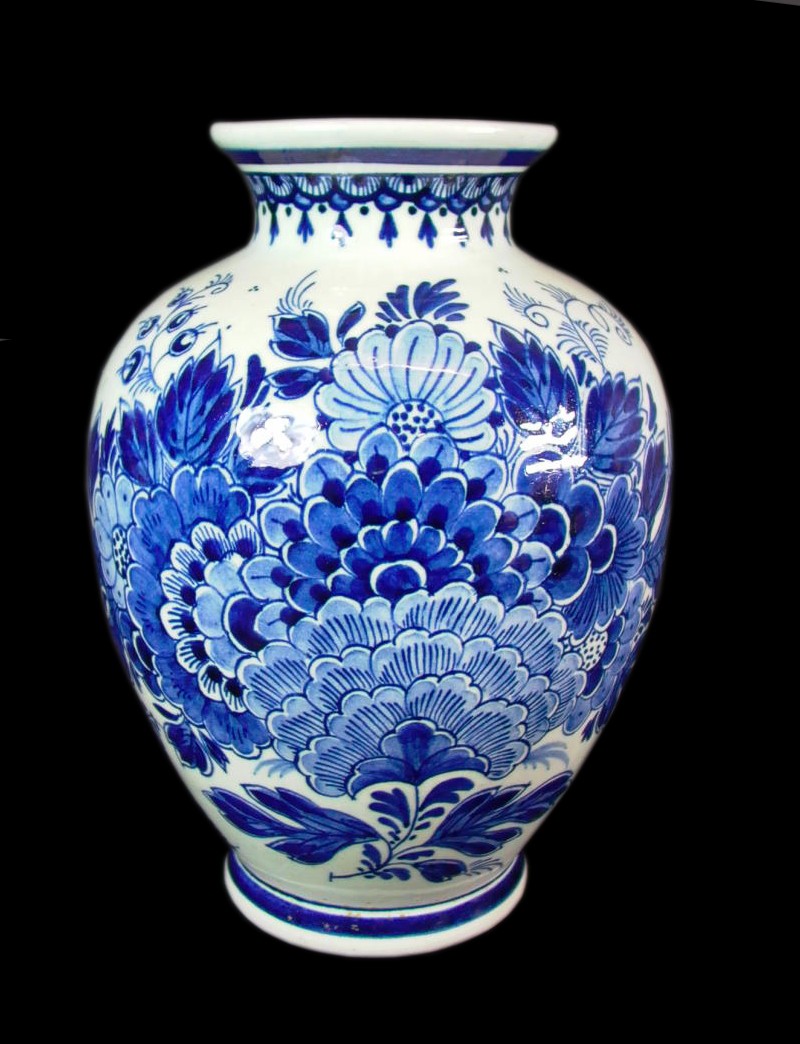Fayence

The "faience" belongs to the second member of the group of fine ceramics and is also called "fused ware" in the technical language. This fine ceramics is named after the town of "Faenza" in Italy.
Faience represents the preliminary stage of earthenware and is characterized by a particularly high plasticity. This is what made faience so popular for the production of ornamental objects between 1600 and 1800 A.D., just like Delft porcelain. Faience owes this plasticity to its mostly white-yellowish or light reddish burning clays, which were additionally mixed with lime. This enabled the faience to be shaped by manual free-turning or by so-called overmoulding. However, tiles and sanitary ceramics were also produced from faience with little manual effort.
A white opaque tin glaze (tin content approx. 5%) was used as the glaze, which makes it impossible for it to comply with food safety regulations today. As far as the historical origin of faience is concerned, there are different representations. One version referring to tin glaze is that faience originated around 500 BC in Mesopotamia. On the basis of the clay-mineral compositions and the method of production, however, we tend to follow the view that faience made its way from China to the Orient.
But be that as it may. Faience has not played a role in kitchens, tableware and tableware for centuries and is therefore only mentioned here for the sake of completeness.
